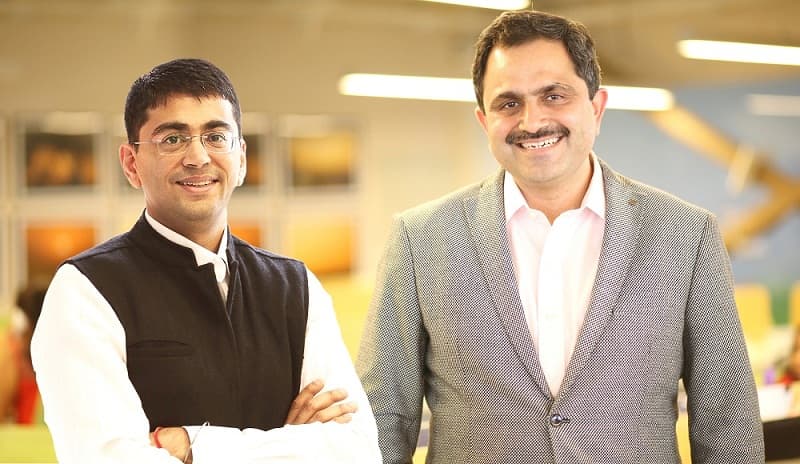
SVG Media Has Seamlessly Grown Through Acquistions To Reach 100 Mn+ Viewers
“In M&A, A (acquisitions) is the easy part. Though all the hype and media attention is around the Acquisition, the difficult part is the Merger,” begins Harish Bahl, co-founder, SVG Media and Smile Group. Harish’s venture, SVG Media, an Indian digital marketing firm was recently sold in an all cash deal worth an estimated $110 Mn-$130 Mn to Dentsu Aegis Network (DAN), a global digital marketing major headquartered in London, UK.
However, for Smile Group founders Harish and Manish Vij, executing M&As is the well-versed territory. Because that’s how SVG Media, which was founded in 2006, grew to be the behemoth it became – assimilating brands seamlessly to reach an audience of 100 Mn+ unique viewers in India.
SVG Media has four business units:
- DGM – focussed on banking, financial service and ecommerce clients which it acquired in 2010.
- A mobile-focussed advertising platform SeventyNine acquired in 2014 along with digital agency Networkplay.
- Komli Media which focuses on premium digital marketing through Facebook and Twitter acquired in 2015.
- AdTech platform Tyroo.
With this deal, Manish and Harish have sold DGM, Komli and SeventyNine to Dentsu but retained Tyroo. Dentsu will take control of about 280 specialists housed in the three units based out of Gurugram. Post the acquisition, the Smile Group will focus on growing Tyroo and continue to participate in more such acquisitions.
Harish and Manish’s journey is most interesting from one aspect – when most organisations struggle with integrating their acquisitions into the core business, these two have made a business out of acquiring businesses, successfully merging them and turning digital media business that spend high and scale fast, profitable and ready for a sale. This marks the second successful exit by them in the digital media space, after having sold ad firm Quasar Media to WPP Digital in 2007.
And, just like their previous exit, this exit too has generated wealth, not just for the promoters, but also for senior executives with around 12-15 senior SVG Media executives becoming millionaires!
So what makes them a pro at making cultural integrations work? In a detailed conversation with Inc42, the duo reveals their secret sauce of acquisitions, merging them, and grooming them up for a sale.
SVG Media: Building A Dominant Position In India
The primary business objective behind the many acquisitions by SVG has been to build and acquire a dominant position in the digital marketing space in India. To further this, the company chose an approach that was a combination of organic growth and acquisitions.
Coupled with that, the second-most important objective Harish and Manish followed was acquisitions of only those companies which had a great team at the helm.
Harish explains, “We always looked at a combination of a strong leadership team and a differentiated capability. So, for instance, the Komli acquisition brought us the capability for the social side of the business. While SeventyNine strengthened our mobile performance marketing capabilities. It was a combination of leadership and capability verticals which allows us to address the higher share of wallet and service bigger needs for our advertisers.”
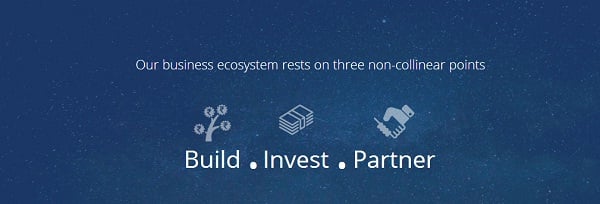
Another important aspect these acquisitions followed was having similar shared values in an individual culture. The acquisitions followed a standard template – for instance, all the CEOs of the respective businesses were reporting to Vij and then the Board. They had a common technology pool, common finance, common HR.
All this was done to ensure there is no leadership confusion or wastage of resources for functions that did not need to be built separately. But beyond that everyone had a fully autonomous structure and everyone was maintaining their own culture.
Says Harish, “Everyone had commonly shared values yet they had their own culture of how they want to build the business. Also, all the leadership was still fully incentivised on one common equity pool which was SVG’s. So the secret sauce was that we were able to create this triangle of a common leadership, commonly shared resources, clubbed with an autonomous culture.”
The common equity pool ensured that, at the larger level, everyone’s interest was aligned. So effectively, everyone was a shareholder in SVG and not in the respective businesses. This, in turn, created an alignment in the team at the top, leading to better cultural integration.
Deal Breaker: The First Quarter Of Integration After Acquisition
Any acquisition is challenging but the biggest challenge is when you acquire a business which is not delivering sufficient profit. As per Harish, there are only two ways to turn it around – either you need to cut costs or you need to add revenues.
He explains further that cutting cost is always a solution to adding revenue, which is still forward-looking. So communicating to the leadership team about how important it is to align with the group philosophy of profitable growth, finding ways to reduce the cost structure without creating massive shakeouts or without losing key people is tricky. Then finding someone a home if he is fired – the softer side of merging is probably the most sensitive thing that the group had to face in all of the acquisitions.
“Because human issues can create negative spirals and lead to a false start,” he opines.
He adds that in a merger, cultural integration, process integration, technology integration, integrating working styles, cutting costs, adding revenues – all of it is tough.
“I would say in the M&A, A is 20% and M is 80%.”
Similar views were expressed by Manish who believes that aligning every person culturally is important.

He says, “Any acquisition that you do, there is a lot of difference in styles that companies run on. We have to align every person culturally, as you can’t treat different business units separately. Sometimes, you might lose people in that process, but you have to take that in stride. You have to be ready for that.”
He stresses that the first quarter of integration is the most important one when you acquire a business. If one is able to clutch it then it is great. If one is not able to get a grip on things in this time, integration will be tough.
For the duo, out of all the acquisitions, Komli scored high on toughness due to the fact that it was geographically more spread out than SVG Media and had a much bigger Mumbai setup. Additionally, it was historically perceived to be a bigger brand than erstwhile Tyroo or SVG.
Harish quips, “Hence, that was the one we were most nervous about.”
Yet the group was able to turn it around and make it sale-ready in two years.
SVG Media Mantra: Turning Around Businesses In 24 Months
From the beginning, the duo was clear on one thing – they won’t be buying expensive companies. Manish says, “We were more a value buyer – our pitch was that we would turn around the business and make it high-growth and profitable. Luckily for us, with all the three acquisitions, we were able to recover our ROI in two years broadly.”
And that was made possible by giving the companies focus, giving them defined scale, and taking away all their worries of corporate structure and doing financial corporate planning. The duo made them focus on what they are doing right – the business and the niche they were working on. The fact that they were associated with a larger group with a larger access to clients without worrying about corporate structure gave them enough focus in the business. So much so that SVG was able to turn them around in the first year and break-even in the following year.
“When we acquired them, all except DGM were bleeding. But we were able to make all three profitable in 24 months,” reveals Manish.
As per the company’s previous claims, the annualised revenues of SVG Media till April this year before the Dentsu deal was announced were close to INR 300 Cr ($46.5 Mn). Meanwhile, the group claims a total number of clients serviced as 700 with a total viewership reaching across 100 Mn+ viewers on a monthly basis.
Of course, while building itself up through these brands, SVG Media was following the very proven model around building large digital networks.
Explains Harish, “If you look at the global structure, media is a business of scale and dominance. In a network approach, you have multiple brands to focus on various digital marketing practices, so if for each practice you have the best team to do that, you get the best share in the market as well. This was our philosophy while acquiring and grooming these businesses.”
This philosophy helped the duo successfully exit the digital media space the first time when they sold ad firm Quasar Media to WPP Digital in 2007. It also ensured that more team members emerged millionaires from the Smile Group sale to Dentsu than the previous buyout. Manish reveals,
“This is not the first time we have done this. If you look at our first exit in Quasar, it is one of the few companies in the digital industry to be bought out at scale (was sold for $25 Mn). Even when there was no precedent of sharing unprecedented wealth, we created a pool of wealth for nine team members at that time. This time there are about 12-15 members including ground level staff who has received bonuses and wealth creation from this transaction. Sharing of wealth is the way we work, so we believe in a business which is partnership-oriented.”
Which brings us to their next philosophy – what not to do when acquiring a company?
SVG Media’s Belief: Acquisitions Are Not About Cash
Harish states that most companies think that acquisitions are about the cash.
“Do I have the money to buy the company or not? That is not the right way to look at it. I would say what you should look at is your acquisition readiness – are you ready to acquire? Do you have the knowledge, the playbook, and the management ability, to be able to handle that acquisition or the M in the M&A?” he shares.
So, if an organisation is not ready to merge a new culture or a new business, then it should never go down that path. Because it is not a commercial issue alone. Though in the boardroom, a lot of it might look very arithmetical, if one checks the math, more acquisitions fail than succeed. He adds that it doesn’t matter if one bought a business cheap or expensive if, in the larger scheme of things, one was not able to integrate it well.
“Because so many companies are not able to execute the M part right, so any price is a bad price,” he opines.
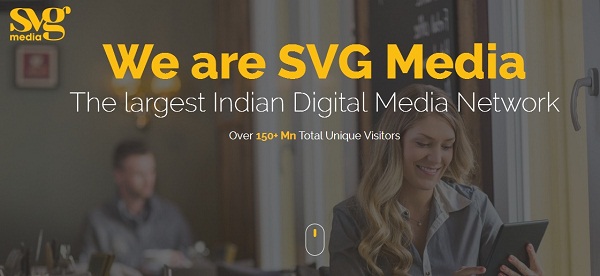
When one thinks of Snapdeal and Freecharge acquisition and how Freecharge’s valuation has fallen now, Harish’s words sound truer than ever.
Similar thoughts are expressed by Girish Mathrubootham, founder, Freshworks which has been on an acquisition spree in the last few months. Says Girish, “We are very opportunistic when it comes to acquisitions, and generally look for smart teams and good technology. Synergy in business vision, product fit, and culture fit are what have led to Freshworks’s acquisitions. When you know you are compatible companies, and that your intentions are aligned, adopting the culture is easy. The fundamental shared values that Freshworks stands for are the kind that helps any employee take ownership and responsibility – which works well for acquired entities.”
Acquisitions Should Align With Business Objectives
Next, one should never acquire a business which does not have a clear motivated leadership team. Because, at the end of it, one is still alien to the business.
“You will take many quarters before you understand the business. The defining quarter is the first quarter, and in that first quarter it is the insider or the motivated insider who will help show you the path to success, not you who is an outsider for all practical purposes,” he explains.
Many times, a lot of acquisitions are driven by reasons which are not aligned to one’s business goals. That is another trap to avoid. And that’s what SVG did.
“Being India-focussed and profitable growth – these were the two key philosophies on which we were building SVG. So, we passed a lot of companies who were not India-focussed or had a different philosophy,” he reveals.
Of course, with Dentsu, the same philosophy followed. As a group, SVG is focussed on product-led marketing solutions rather than services-led marketing solutions. That’s where its growth plans are headed. So, that’s why Harish and Manish thought it was better to sell the services side of the business and then use the resources from that sale to fuel the product sides business as well as for growth in international markets.
Says Harish, “So we hived off the services which we fundamentally believe are better housed in a large marketing services group. Dentsu, right now, is one of the most committed and aggressive groups in that space.”
Going forward, the duo’s focus will be on the product and data led business in the marketing SaaS, consumer media space, and the growth of incumbent SVG business in the global market.
There will be no slowing down. More acquisitions will follow but the one thing that will not change is their fundamental belief –
“Don’t buy something which is not aligned with your objective. Then it will either become a distraction or might come at the cost of derailing your own business.”
Acquisitions are a tricky game. So these pieces of advice coming from SVG Media, which is almost a pro at the acquiring and merging game, seem like a sound merger mantra for companies who are out there shopping for acquisition targets.








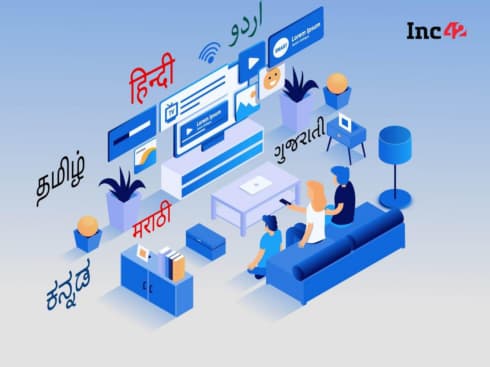

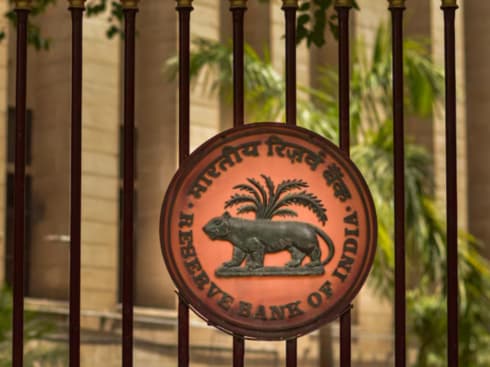




















 Ad-lite browsing experience
Ad-lite browsing experience